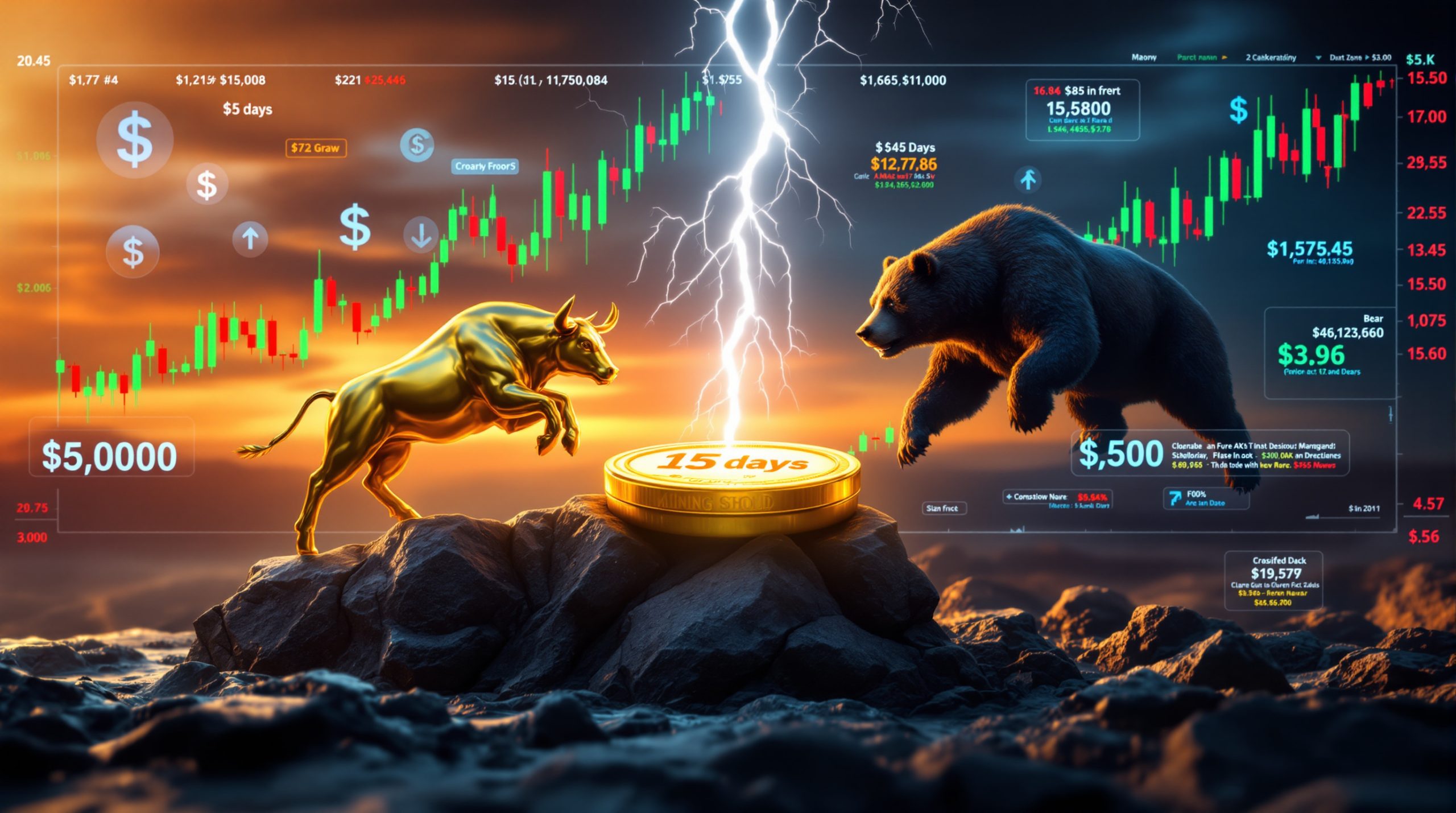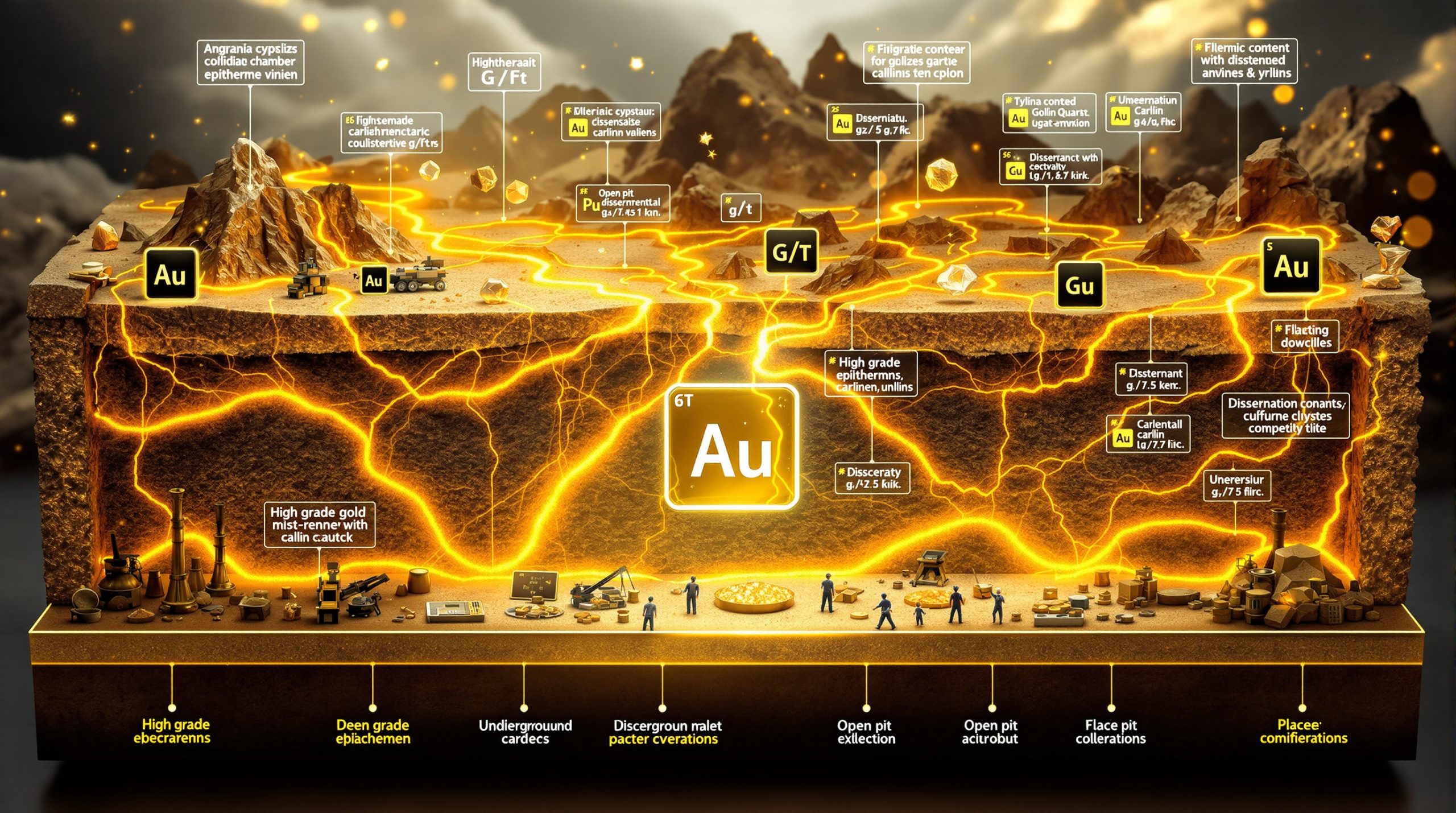Why Are Copper Prices Continuing to Climb?
Global copper markets have maintained remarkable momentum in recent weeks, with prices surging to psychological thresholds not seen since 2022. On July 2, 2025, LME copper reached the significant $10,000/mt mark during intraday trading before settling at $9,943/mt, representing a 0.66% increase with trading volume of 22,000 lots and open interest of 284,000 lots.
Meanwhile, the SHFE copper contract 2508 closed at 80,390 yuan/mt, climbing 0.46% with 54,000 lots traded and open interest standing at 223,000 lots. This price action demonstrates copper's resilience despite approaching levels that typically dampen procurement enthusiasm.
Global Economic Factors Pushing Prices Upward
The copper market has demonstrated extraordinary resilience despite fundamental signals that might otherwise suggest caution. Market analysts note that copper's price momentum stems from a perfect storm of macroeconomic conditions rather than strengthening physical demand.
"The critical $10,000/mt level represents more than just a number—it's a psychological threshold that typically triggers algorithmic trading responses and forces market repositioning," explains Shanghai Metals Market (SMM) analysis. "Breaking through this barrier, even temporarily, signals confidence in copper's longer-term outlook despite near-term demand concerns."
This price strength persists despite the fact that values near 80,000 yuan/mt on Chinese exchanges typically suppress physical buying activity, creating a disconnect between paper trading and actual industrial consumption.
US Dollar Weakness Creating Supportive Environment
A primary driver behind copper's continued rise has been persistent weakness in the US dollar, which has experienced seven consecutive days of decline as of early July 2025. This extended dollar weakness has created a uniquely supportive environment for dollar-denominated commodities like copper.
When the US dollar weakens, commodities priced in dollars become relatively cheaper for buyers holding other currencies, effectively increasing their purchasing power and stimulating demand from international markets. This inverse relationship between the dollar and commodity prices has been particularly pronounced in recent weeks.
"Market concerns over future policy direction have intensified, putting pressure on the US dollar and supporting copper prices," notes SMM analysis. "This currency dynamic has created a favorable tailwind for copper despite signals of sluggish physical demand."
Technical analysts observe that this dollar-driven support may continue in the near term, with currency traders projecting further pressure on the greenback amid policy uncertainty and geopolitical tensions.
How Are Trade Tensions Affecting Copper Markets?
Trade policy uncertainty has emerged as a significant factor influencing copper market sentiment and price dynamics. The backdrop of global trade tensions has created additional volatility that paradoxically supports copper prices by increasing risk premiums and weakening the US dollar.
Approaching Tariff Deadline Implications
Market participants are closely monitoring the rapidly approaching July 9, 2025 deadline, when the current 90-day tariff impact on copper suspension period is set to expire. According to market intelligence, former President Trump has indicated no plans to extend this suspension, potentially ushering in a new phase of trade barriers.
The implications for global metals markets could be substantial:
- India is reportedly seeking a temporary trade agreement with the US this week to mitigate potential impacts
- Japan could face tariffs of 30-35% according to market sources
- Other major trading partners await clarity on their status
- Copper supply chains may require significant reconfiguration if tariffs are implemented
This policy uncertainty has created an unusual dynamic where trade concerns are actually supporting copper prices in the short term by pressuring the US dollar lower, despite the longer-term demand risks that trade barriers might create.
Global Trade Relationship Shifts
The changing dynamics between major economies are creating ripple effects throughout commodity markets. Historical precedent from the 2018-2020 trade tensions demonstrated that copper markets can experience volatility spikes of over 20% during periods of trade relationship realignment.
This volatility stems from several factors:
- Supply chain reconfiguration as producers seek to avoid tariff impacts
- Shifts in regional demand patterns as manufacturing relocates
- Inventory building ahead of potential tariff implementation
- Speculative positioning as traders anticipate policy changes
"The market is building in risk premiums to account for potential supply disruptions or changes in trade flows," explains SMM analysis. "While actual physical demand remains subdued, these premiums are contributing to price support."
Commodity traders are positioning themselves for multiple scenarios, with many implementing hedging strategies that can withstand either resolution or escalation of current tensions.
What's Happening with Federal Reserve Policy?
The complex interplay between monetary policy expectations and commodity markets has taken center stage as divisions within the Federal Reserve become increasingly visible. These policy uncertainties have created an environment that indirectly supports copper prices through currency channels.
Growing Divisions Within the US Fed
Internal disagreements within the Federal Reserve have intensified, creating market uncertainty about the future trajectory of US monetary policy. During Senate testimony on June 24, 2025, Fed Chair Powell emphasized the central bank's independence and commitment to a "wait-and-see" approach based on incoming economic data.
However, market participants have expressed growing skepticism about the Fed's ability to maintain policy neutrality amid mounting political pressures. This uncertainty has contributed to downward pressure on the US dollar, which in turn supports dollar-denominated commodities like copper.
Several key factors illustrate the current Fed dynamic:
- Diverging opinions among voting members about appropriate policy timing
- Questions about the weight of inflation versus employment in decision-making
- Market pricing increasingly at odds with the Fed's own projections
- Political commentary influencing market perceptions of Fed independence
The resulting policy uncertainty has created an environment where traders are reluctant to take strong positions against commodities, believing the path of least resistance may be higher prices in the near term.
Interest Rate Expectations
The current interest rate environment significantly influences investment flows into commodity markets. As uncertainty about Fed policy grows, investors are reassessing their expectations for the timeline of potential rate adjustments.
This reassessment creates several effects favorable to copper:
- Lower expected real interest rates reduce the opportunity cost of holding non-yielding assets
- Dollar weakness makes commodities more attractive to non-dollar investors
- Uncertainty encourages diversification into physical assets as hedges
- Speculative positioning tends to favor upside risks during periods of policy ambiguity
Technical analysis of copper price action during previous periods of Fed policy uncertainty shows that metals markets often experience expanded trading ranges and upward bias during such phases, with volatility spikes around key policy announcements.
How Are Copper Market Fundamentals Evolving?
Despite the supportive macroeconomic backdrop, copper's underlying physical market fundamentals present a more complex picture. The disconnect between financial market enthusiasm and industrial consumption patterns raises questions about the sustainability of current price levels.
Supply-Demand Dynamics
One of the most notable aspects of the current copper market is the contrast between paper market strength and physical market signals. According to SMM market intelligence, high price levels near 80,000 yuan/mt are significantly dampening downstream procurement sentiment among end-users.
This reluctance is evidenced by trading patterns showing high spot premiums in morning sessions but minimal actual transaction volume. The market stabilization has relied heavily on transactions between traders rather than genuine end-user demand.
Several key metrics illustrate this dynamic:
- Spot premiums remain elevated but transactions are limited
- Actual procurement volume from downstream players is constrained
- Price resistance intensifies as levels approach historical thresholds
- Trading volume is dominated by financial participants rather than industrial users
"The disconnect between paper trading enthusiasm and physical buying reluctance creates potential vulnerability," notes SMM analysis. "Sustainable price strength typically requires confirmation from industrial consumption, which remains muted at current levels."
This fundamental disconnect suggests that copper prices may be vulnerable to correction if macroeconomic supports weaken, unless physical demand shows signs of adapting to higher price levels.
Price Action Analysis
The technical trading patterns of copper provide additional insight into market dynamics. On July 2, 2025, LME copper opened at $9,927/mt before surging to $10,000/mt in early trading, demonstrating significant momentum. However, the price experienced intraday volatility with a low of $9,917.5/mt before settling at $9,943/mt.
Similarly, SHFE copper contract 2508 showed early strength followed by mid-session weakness, opening at 80,620 yuan/mt, reaching a high of 80,930 yuan/mt, dropping to 80,320 yuan/mt, and finally closing at 80,390 yuan/mt.
This pattern of initial strength followed by partial retracement suggests:
- Momentum trading driving early price action
- Profit-taking at psychological thresholds
- Limited conviction for sustained moves above resistance levels
- Technical indicators pointing to continued high-level consolidation
The price action reveals a market still seeking equilibrium between macroeconomic supports and fundamental challenges, with technical indicators suggesting continued high-level fluctuation in the near term.
What Should Investors Watch for Next?
As copper markets navigate this complex landscape of macroeconomic supports and fundamental challenges, investors should focus on several key indicators that will likely determine the metal's price trajectory in coming weeks.
Key Market Indicators to Monitor
The most critical signposts for copper market direction include:
1. US Dollar Index Movements
The inverse relationship between the dollar and copper prices has been particularly strong in recent months, with correlation coefficients exceeding -0.85. Any reversal in dollar weakness could quickly undermine copper's price support.
2. Trade Policy Developments
The July 9, 2025 expiration of the tariff suspension represents a critical juncture. Statements from trade officials, diplomatic communications, and implementation details will provide essential signals about potential supply chain disruptions.
3. Federal Reserve Communications
Market participants should closely monitor Fed statements for signs of consensus or further division. Press conferences, minutes releases, and individual member speeches can provide valuable insight into policy direction.
4. Physical Market Premiums
The gap between spot premiums and actual transaction volumes serves as an early warning system for potential price corrections. Any narrowing of this gap—either through lower premiums or increased volumes—would signal market normalization.
"The divergence between financial market enthusiasm and physical market caution creates both opportunities and risks," notes SMM analysis. "Monitoring these indicators can help investors navigate the potential volatility ahead."
Regular monitoring of warehouse inventory levels, particularly movements in Shanghai and LME warehouses, can provide additional confirmation of fundamental trends.
Potential Market Scenarios
Investors should prepare for several potential scenarios that could materialize in coming weeks:
Scenario 1: Continued Dollar Weakness
If the dollar continues its decline amid policy uncertainty, copper prices continue to rise despite physical demand concerns. This scenario could push LME copper toward the $10,200-10,500/mt range before fundamental resistance intensifies.
Scenario 2: Tariff Implementation
Should new tariffs be implemented as scheduled, supply chains could face significant disruption. Initial market reaction might include volatility spikes of 5-8%, potentially creating both risks and opportunities depending on positioning.
Scenario 3: Fed Policy Clarification
Any clear signals about monetary policy direction could trigger significant market repositioning. Hawkish surprises would likely pressure copper through dollar strength, while dovish signals could extend the current rally.
Scenario 4: Physical Demand Recovery
The most sustainable positive scenario would involve physical demand adapting to higher price levels. Signs of increased downstream procurement despite elevated prices would provide fundamental confirmation of the current rally.
Each scenario requires different positioning strategies, highlighting the importance of maintaining flexibility and closely monitoring the indicators discussed above.
FAQs About Current Copper Market Trends
What are the main factors driving copper prices higher?
The primary drivers pushing copper prices upward include persistent US dollar weakness, uncertainty surrounding the July 9, 2025 tariff deadline, divisions within the Federal Reserve regarding monetary policy, and traders' positioning despite limited physical demand. The most significant factor has been the dollar's seven consecutive days of decline, which makes dollar-denominated commodities like copper cheaper for international buyers.
How are high copper prices affecting downstream industries?
Current high prices near 80,000 yuan/mt on SHFE contracts are significantly dampening downstream procurement sentiment. According to SMM analysis, morning trading sessions show high spot premiums but minimal actual transaction volume, with market stabilization heavily dependent on trader activities rather than end-user demand. Manufacturers are demonstrating price resistance, delaying purchases where possible and operating with minimal inventory levels to avoid exposure to potential price corrections.
What impact might the expiring tariff suspension have on copper markets?
The July 9 deadline creates uncertainty that is pressuring the US dollar and indirectly supporting copper prices. If new tariffs are implemented, global supply chains could face significant disruption, potentially creating price volatility of 5-8% in the short term. Countries like Japan could face tariffs of 30-35%, while India is actively seeking a temporary trade agreement to mitigate impacts. The resulting trade flow adjustments could create regional price disparities and alter traditional copper supply forecast.
How does Federal Reserve policy influence copper prices?
Fed policy affects copper prices primarily through its impact on the US dollar and interest rate expectations. Current divisions within the Fed regarding appropriate policy timing are creating uncertainty that generally weakens the dollar and supports higher commodity prices. Lower real interest rates reduce the opportunity cost of holding non-yielding assets like commodities, while dollar weakness makes copper more attractive to non-dollar investors. Fed Chair Powell's Senate testimony on June 24, 2025, emphasized independence and a data-dependent approach, but markets remain skeptical about maintaining neutrality amid political pressure.
What technical levels are important for copper traders currently?
The $10,000/mt level on LME copper represents a significant psychological barrier that typically triggers algorithmic trading responses and forces market repositioning. Similarly, the 80,000 yuan/mt mark on SHFE contracts has historically proven to be a level that dampens physical procurement. Technical analysis suggests copper may continue to fluctuate between these resistance levels and support around $9,800/mt (LME) and 79,000 yuan/mt (SHFE) in the near term, with expanded volatility around key economic data releases and policy announcements.
Is the current copper price rally sustainable?
The sustainability of copper's price strength depends on whether physical demand eventually adapts to higher price levels. The current disconnect between paper market enthusiasm and physical buying reluctance creates potential vulnerability to correction if macroeconomic supports weaken. For the rally to continue long-term, market participants would need to see increased surging copper demand despite elevated prices, reduced pressure on the US dollar, resolution of trade policy uncertainty, or significant supply disruptions. Without these confirmatory signals, the market remains vulnerable to technical corrections.
Disclaimer: This analysis is based on market conditions as of July 2025 and represents current market sentiment. Commodity markets are inherently volatile and subject to rapid changes based on economic data, policy developments, and unforeseen events. Investors should conduct their own research and consider their risk tolerance before making copper investment trends decisions.
| Comparison of Key Copper Market Indicators | Current (July 2025) | Previous Month | Year-Over-Year Change |
|---|---|---|---|
| LME Copper Price | $9,943/mt | $9,580/mt | +12.4% |
| SHFE Copper Price (2508) | 80,390 yuan/mt | 78,450 yuan/mt | +14.2% |
| US Dollar Index | 98.6 | 101.2 | -4.8% |
| LME Copper Trading Volume | 22,000 lots | 19,800 lots | +11.1% |
| SHFE Copper Trading Volume | 54,000 lots | 48,500 lots | +11.3% |
| Physical Premium (vs Spot) | High but limited transactions | Moderate with steady transactions | Premium increased, volume decreased |
Furthermore, analysts at Goldman Sachs have recently released their updated copper price prediction for the remainder of 2025, suggesting further upside potential as the market navigates these complex dynamics.
Ready to Spot the Next Major Mineral Discovery?
Discovery Alert's proprietary Discovery IQ model delivers instant notifications when significant ASX mineral discoveries are announced, transforming complex data into actionable investment insights with their gold-equivalent metric system. Explore why historic discoveries can generate substantial returns by visiting the Discovery Alert discoveries page and position yourself ahead of the market with a 30-day free trial today.




